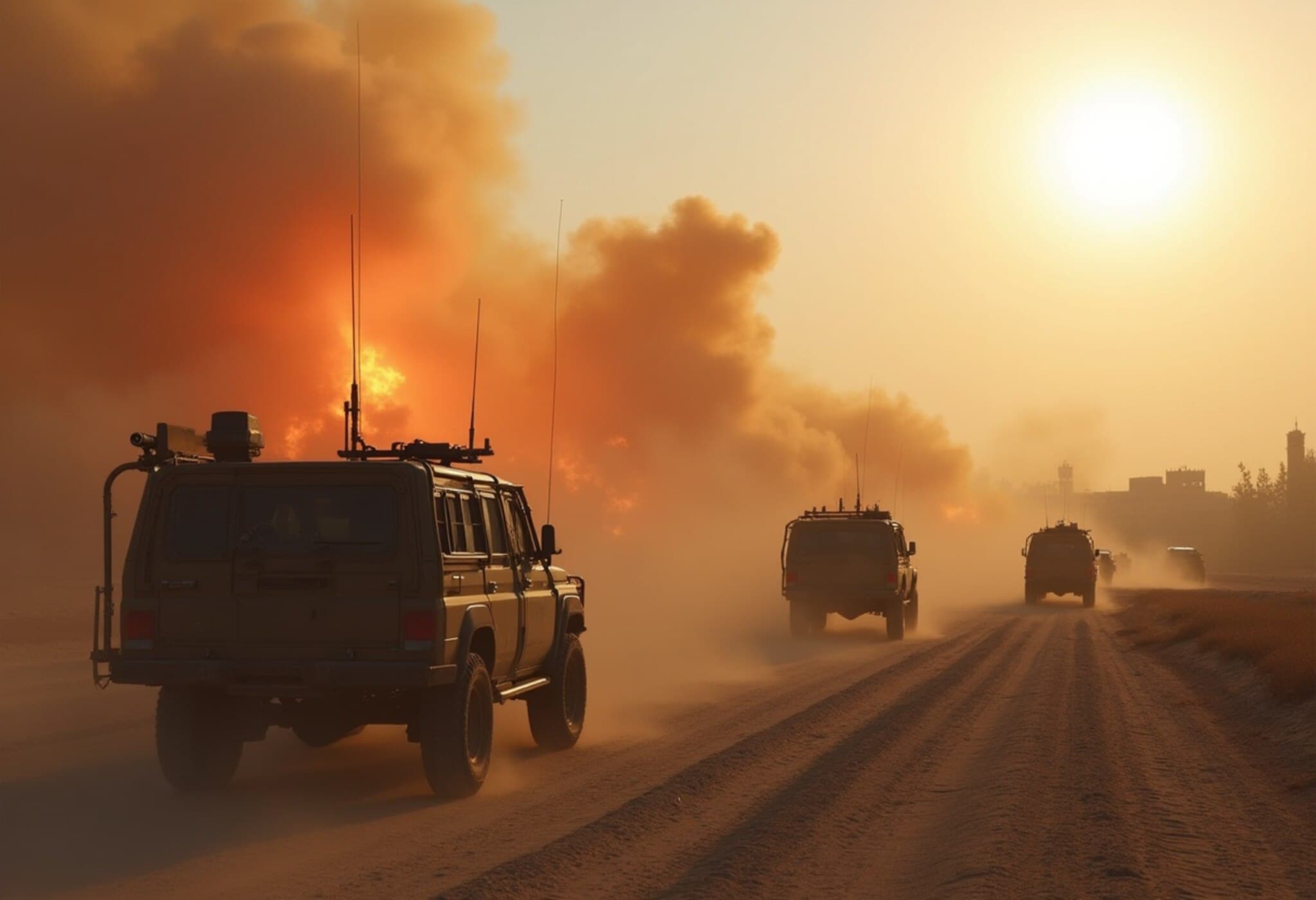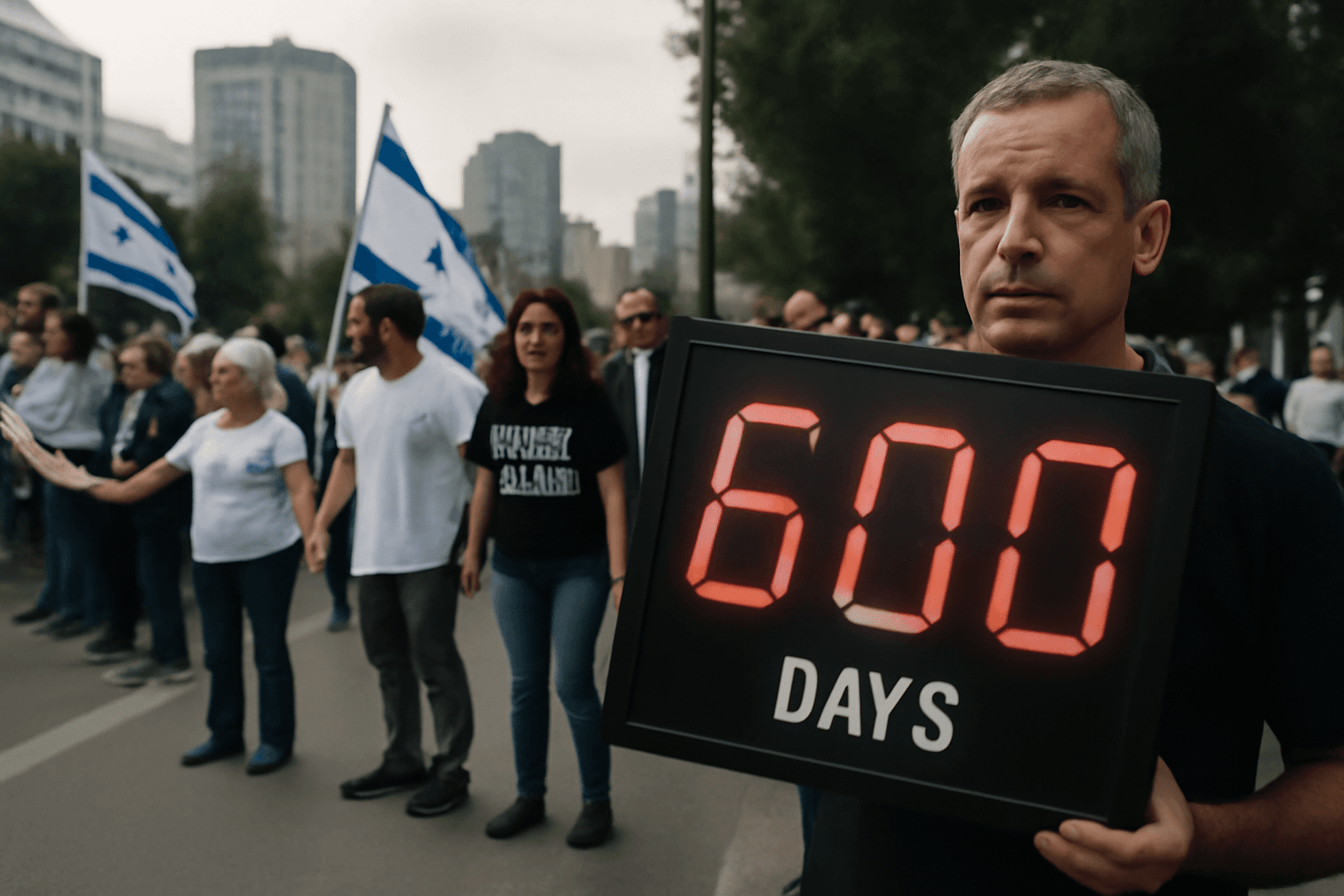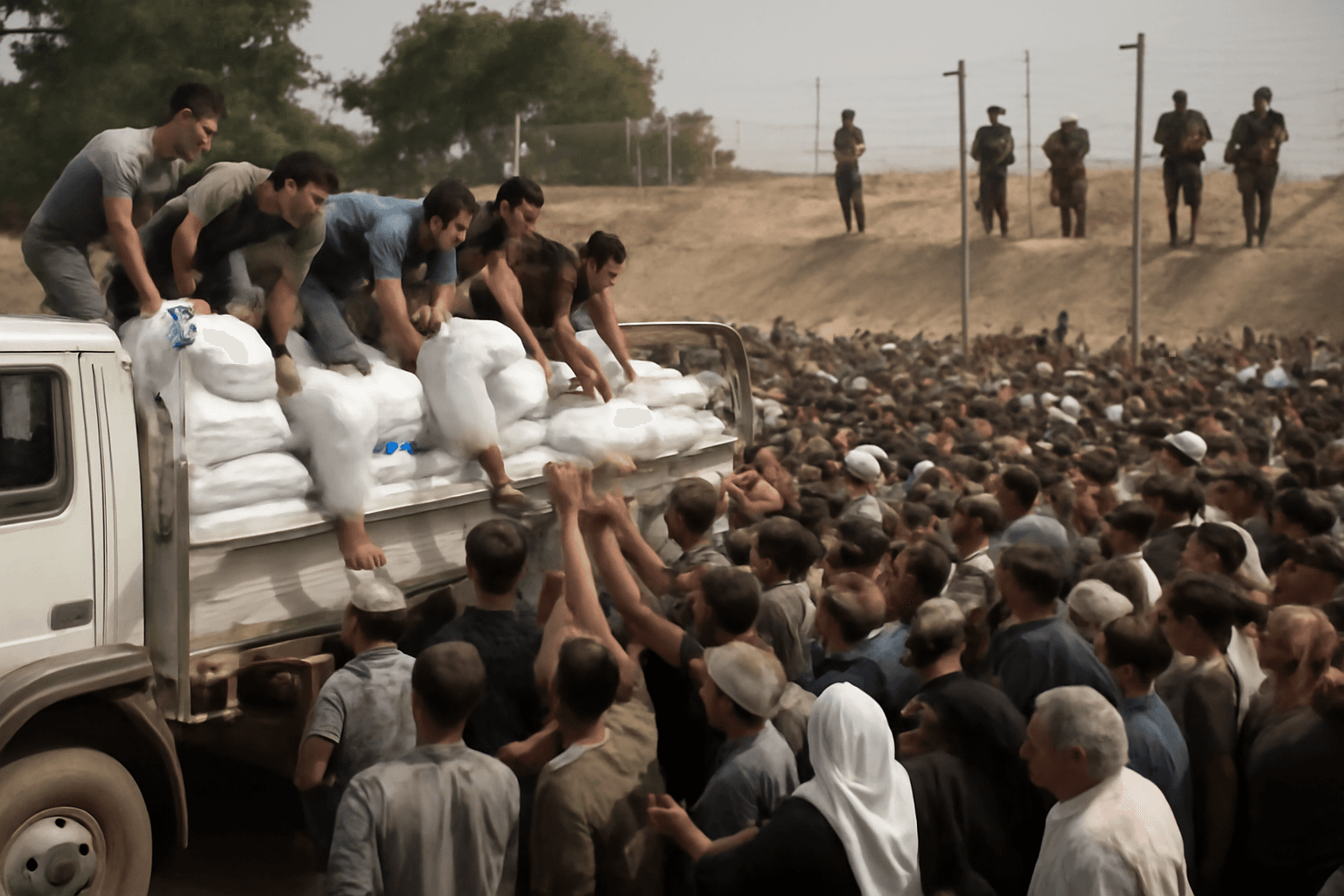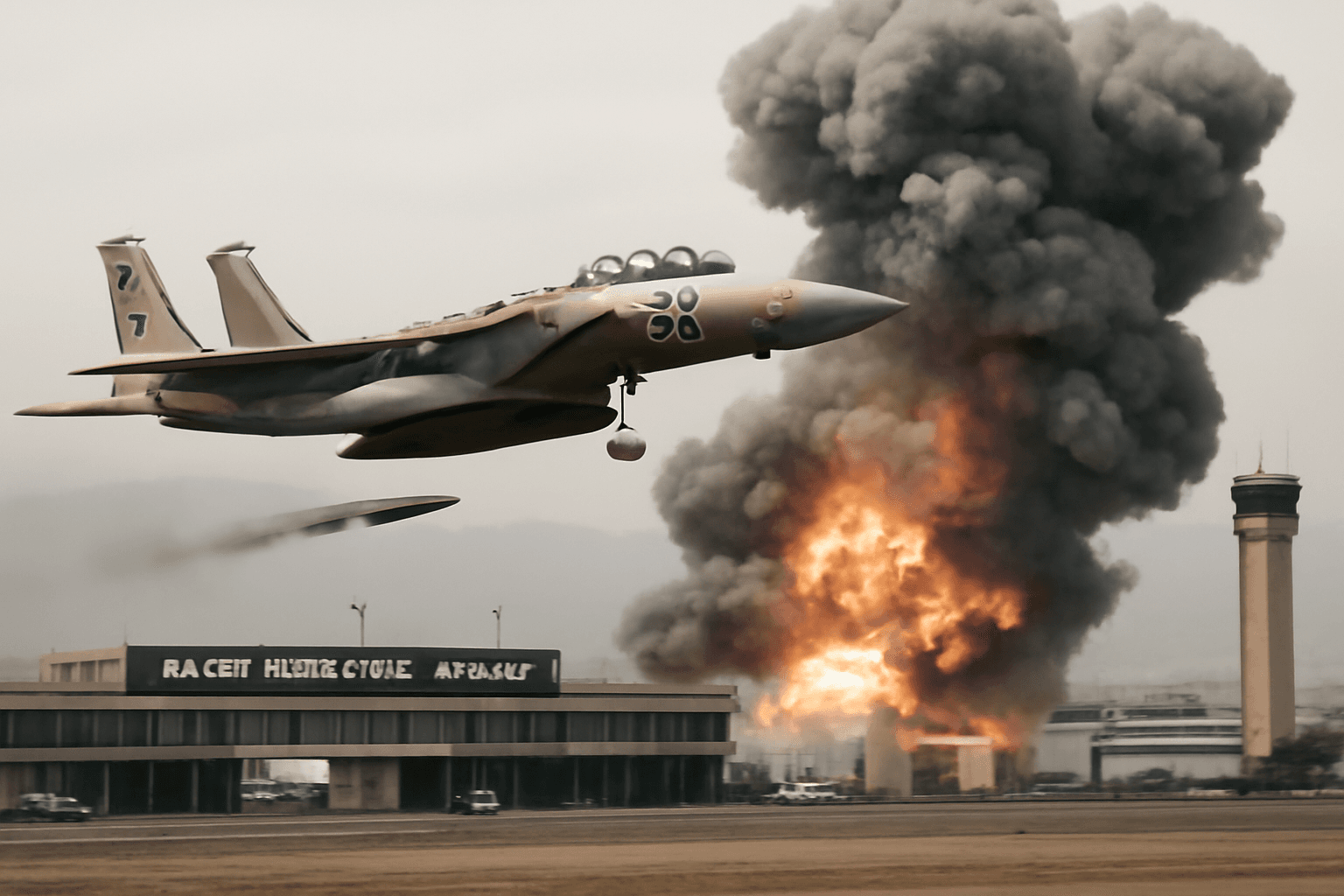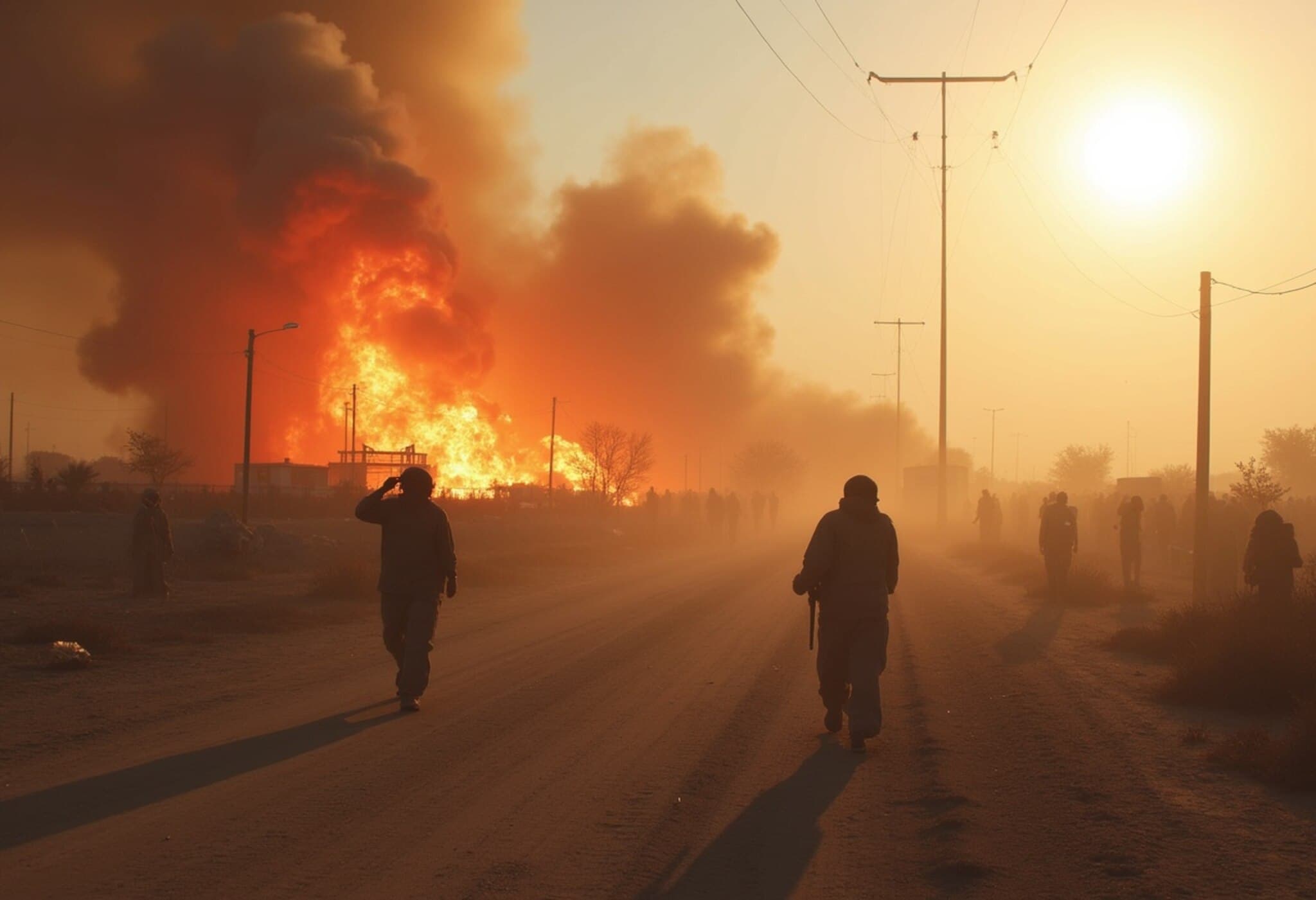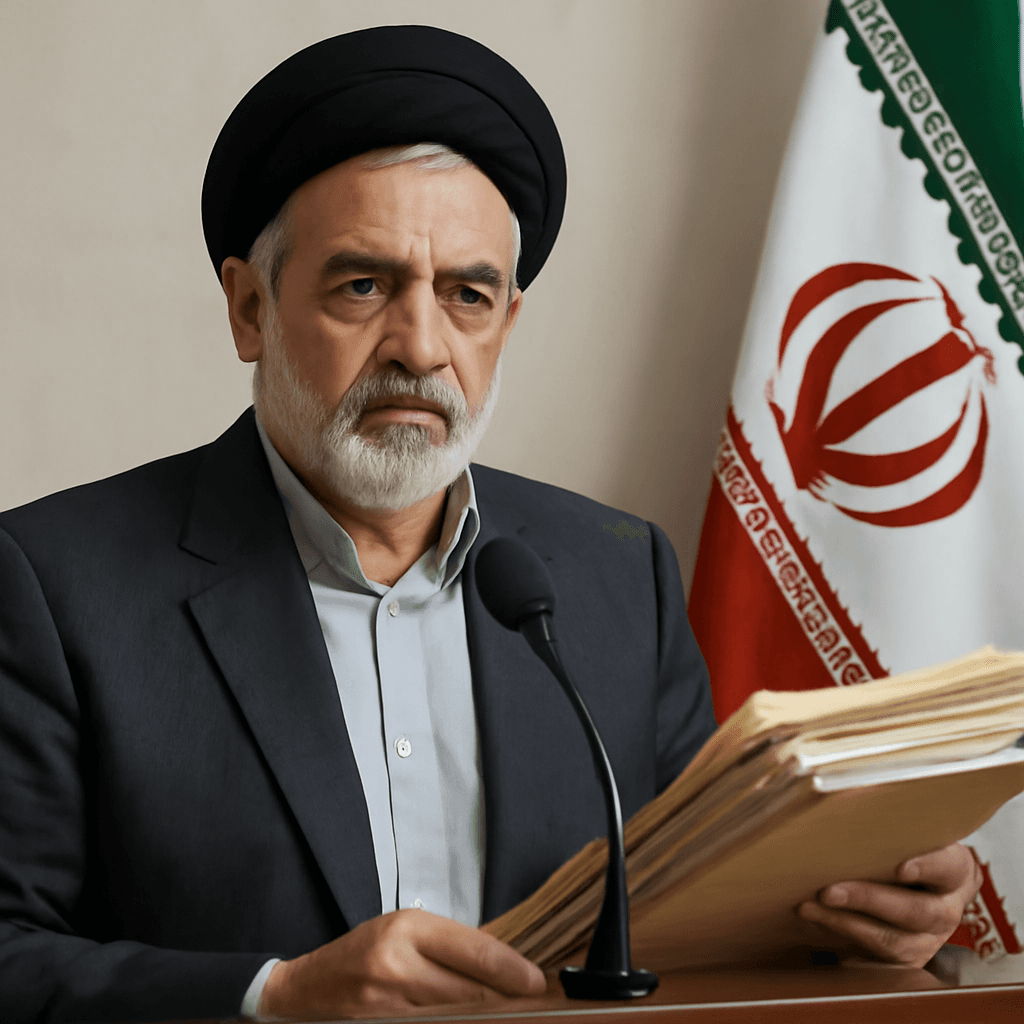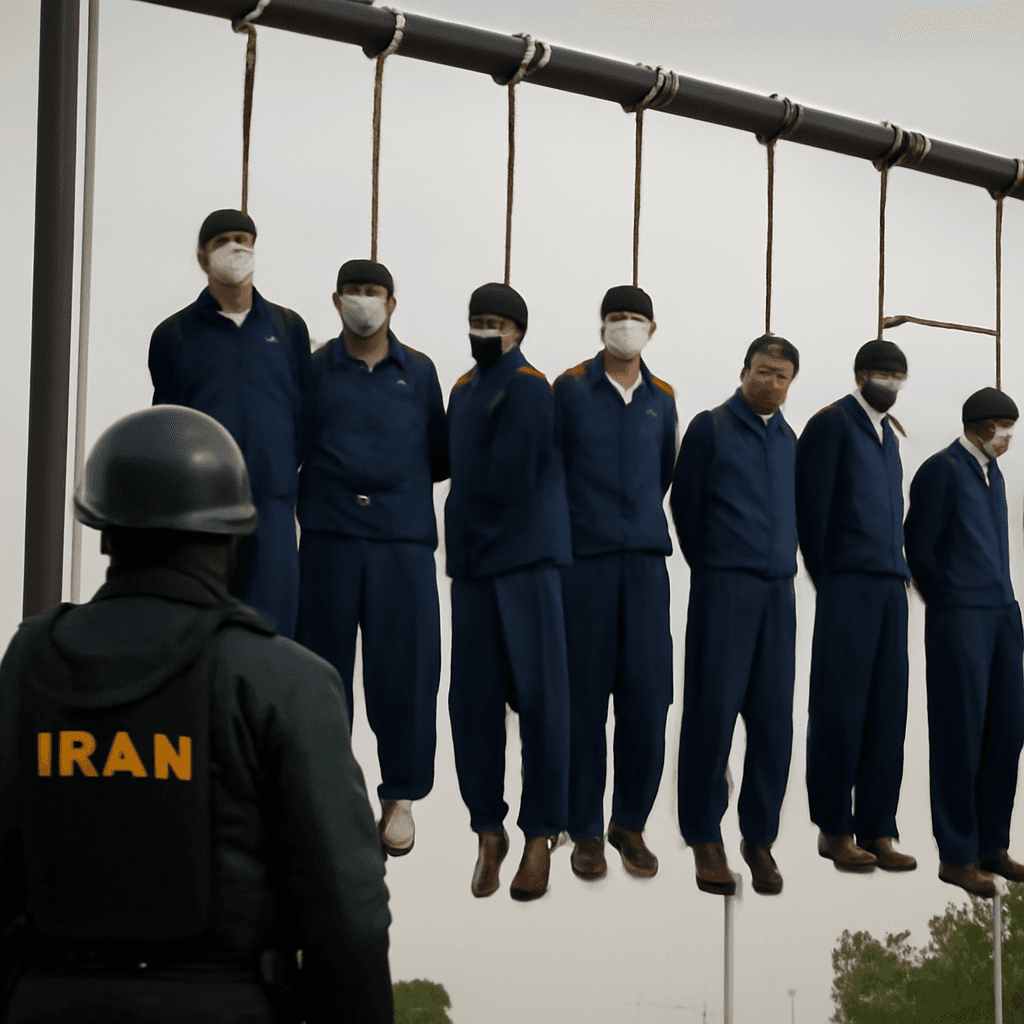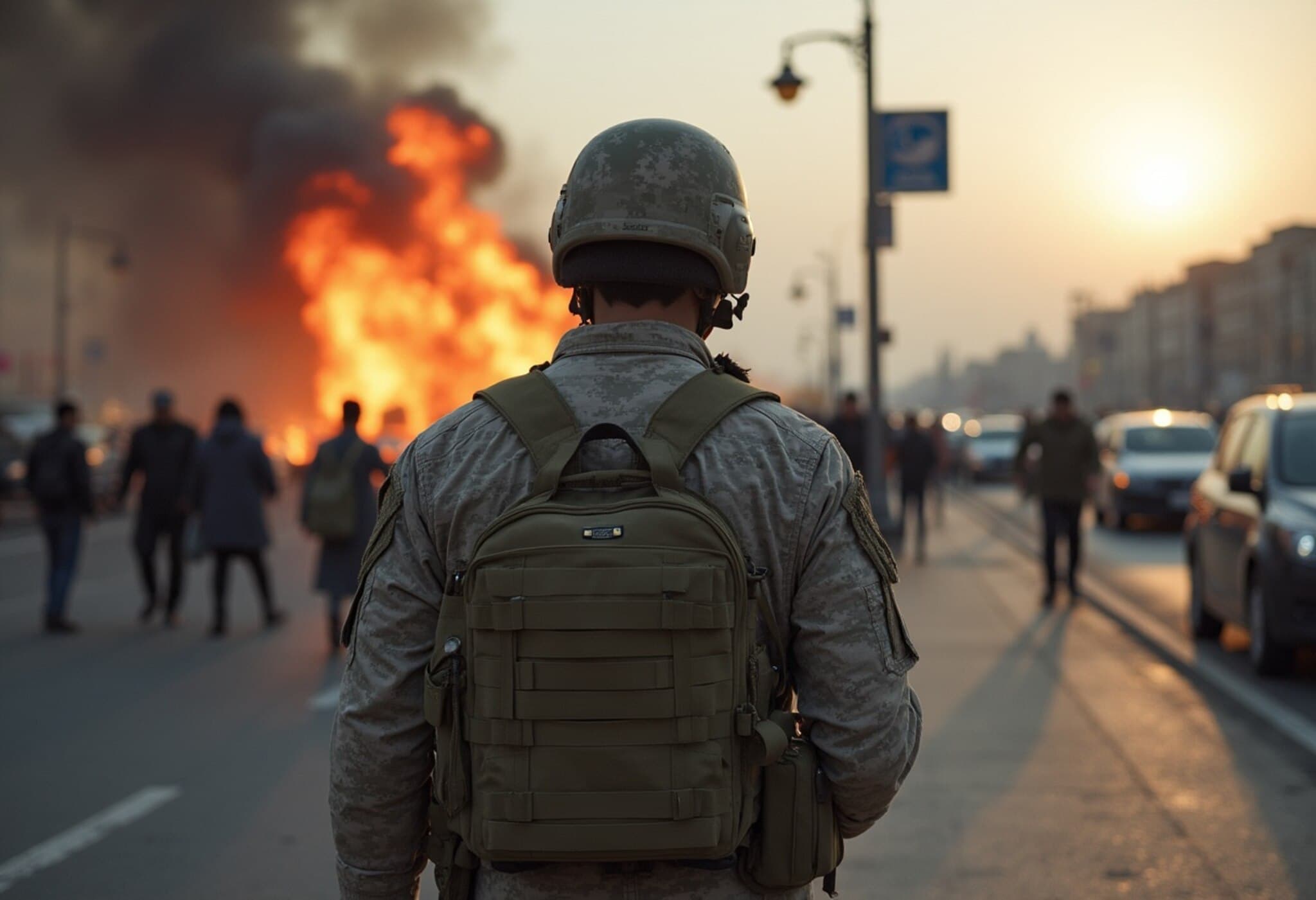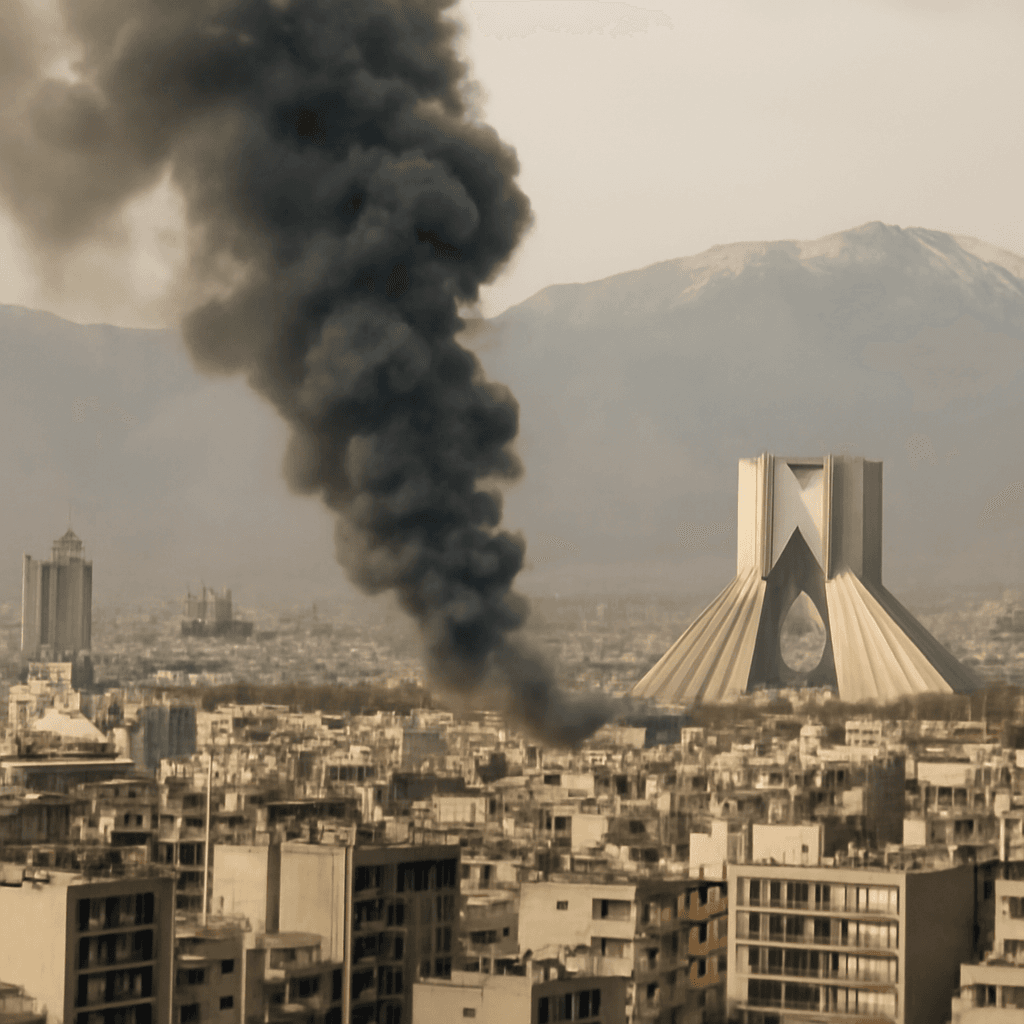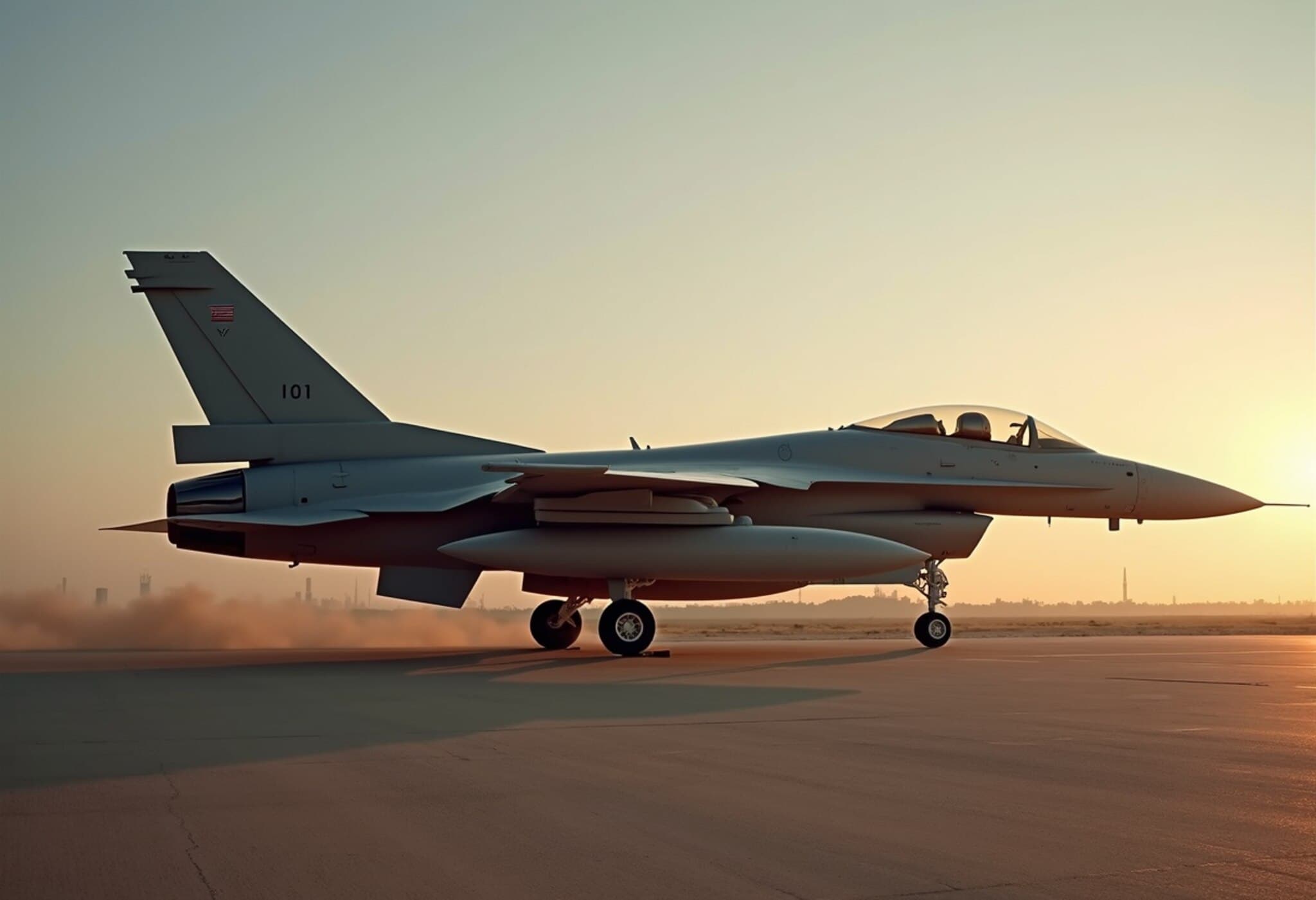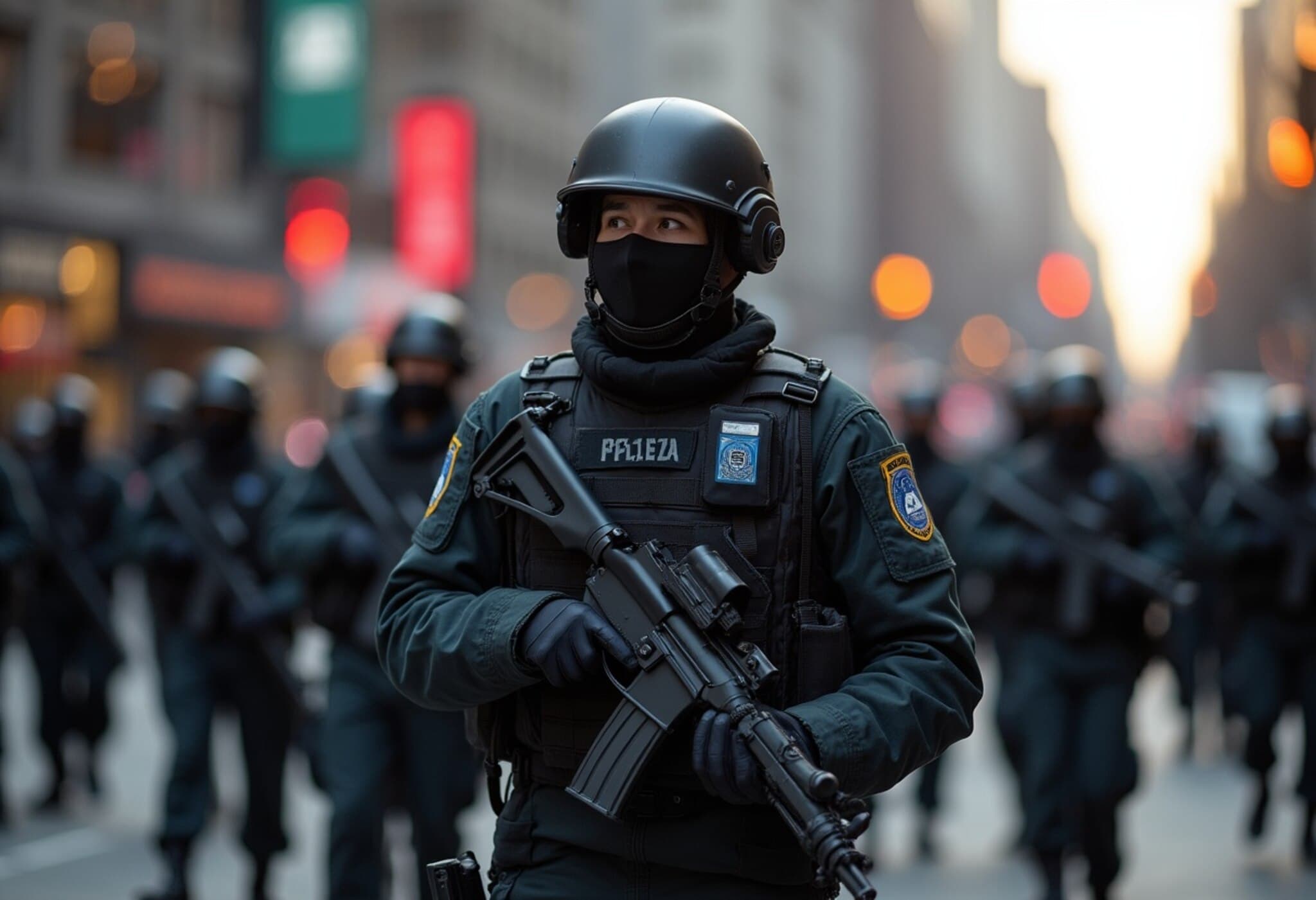Israeli Airstrikes in Yemen’s Capital Mark a Serious Escalation
In a significant escalation of the ongoing Middle East tensions, Israeli air raids struck multiple targets across Yemen's capital, Sanaa, on August 24, 2025. The strikes, confirmed by the Israeli military, resulted in the deaths of at least two people and injured dozens, according to the Iran-aligned Houthi group which controls large parts of Yemen.
Details of the Strikes and Targets
The Israeli Defense Forces (IDF) stated that the air raids focused on "Houthi military sites in Sanaa, including areas near the presidential palace, two power plants, and a fuel storage facility." These strategic targets suggest a deliberate effort to undermine the Houthis' military infrastructure and their capacity to launch attacks.
From the Houthi perspective, the strikes targeted vital civilian infrastructure as well. Their health ministry reported "two martyrs and 35 wounded" resulting from the attack. Eyewitness images from Sanaa captured a dramatic fireball illuminating the night sky, followed by thick plumes of smoke. Al-Masirah TV, a Houthi-run channel, indicated a municipal building and an oil company station on Al-Sittine Street were struck, in addition to a power station in the southern part of the city—already damaged in a previous attack just days earlier.
Context: The Cycle of Retaliation
This attack is part of an escalating tit-for-tat dynamic between Israel and the Houthis. Since the outbreak of the Gaza conflict in October 2023, the Houthis have repeatedly launched drones and missiles at Israeli territory, framing their actions as solidarity with the Palestinians. Although many of these projectiles were intercepted, the launches have triggered retaliatory strikes within Yemen, highlighting how Yemen’s conflict is increasingly enmeshed in broader Middle East hostilities.
Just last Friday, Israeli officials noted a Houthi missile likely exploded mid-air before reaching its target. Yet the persistent nature of these attacks has compounded security concerns in Israel and prompted aggressive military responses.
Maritime Threats and Regional Repercussions
The Houthis have broadened their campaign beyond aerial and missile attacks. Maritime assaults on commercial and military vessels traversing the Red Sea and Gulf of Aden have surged, targeting ships they allege are linked to Israel or its allies. Since early 2024, vessels associated with the United States and the United Kingdom have also been attacked, complicating international efforts to safeguard these crucial maritime routes.
Despite a ceasefire agreement with the United States in May 2024, which significantly reduced US airstrikes against Houthi strongholds, the group pledged to continue its offensive against Israeli shipping. In response, Israeli Defense Minister Israel Katz warned that any aggression from the Houthis would be met with disproportionate force, emphasizing Israel's commitment to deterrence.
Expert Analysis: Broader Implications for Middle East Security
The unfolding developments represent a worrying expansion of the conflict that was once geographically concentrated. Yemen, already devastated by years of civil war and humanitarian crisis, risks becoming a larger proxy battleground involving Israel, Iran, and Western powers.
Policy analysts suggest that this escalation underscores the complexity of regional alliances. The Houthis' alignment with Iran-influenced groups challenges American and Israeli efforts to isolate Iranian-backed actors. Moreover, attacks on key infrastructural sites and vital maritime routes threaten global energy supplies and commercial shipping, with potential ripple effects on international markets.
In light of these realities, diplomatic efforts will need to consider these intertwined conflicts holistically. Any sustainable peace approach in Yemen must also address wider Middle Eastern security concerns, including the Israeli-Palestinian dispute and maritime security arrangements.
Underreported narratives
- Civilian toll and humanitarian consequences: While the focus often lies on military dynamics, the human cost within Sanaa’s population, already vulnerable due to Yemen’s humanitarian disaster, remains severe.
- Maritime law and security: The impact of Houthi maritime attacks threatens international trade and raises questions about the enforcement of international maritime law in conflict zones.
- Regional power balance: The ongoing conflict highlights the expanding reach of Iranian-backed groups, raising alarms about proxy battles shaping the future of Middle Eastern geopolitics.
What’s Next?
The recent airstrikes and retaliations portend a potentially prolonged and deepening confrontation. For the United States and its allies, the challenge will be maintaining maritime security while managing the competing interests of regional players. For Israel, the imperative remains to deter attacks while avoiding full-scale regional escalation.
Editor's Note:
This latest episode in Sanaa underscores the intricate and interconnected nature of Middle East conflicts, where localized wars often have far-reaching geopolitical implications. As Yemen continues to endure hardship, the additional strain of becoming a venue for broader regional disputes raises urgent questions about international responsibility, the safeguarding of civilian lives, and the prospects for peace in a volatile landscape.
Readers are encouraged to consider how these clashes reflect a wider trend of proxy conflicts fueling instability and what diplomatic innovations might be necessary to break this cycle.
Reported with insights from AFP and expert analysis on Middle East affairs.

